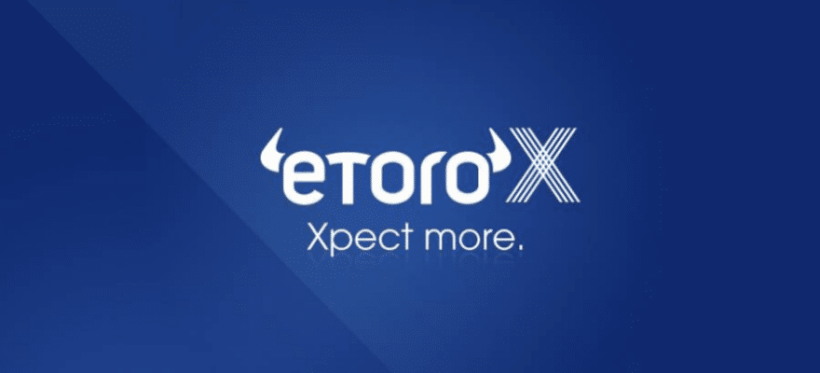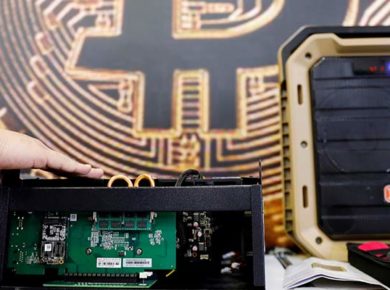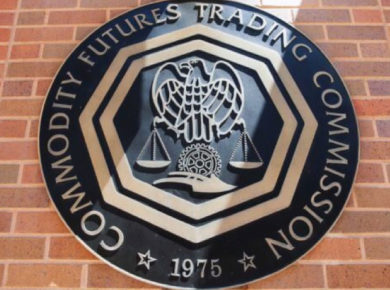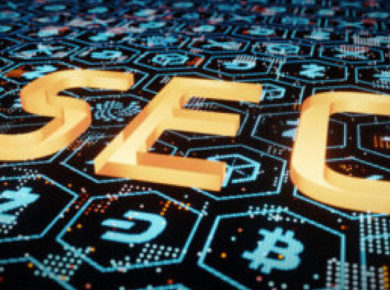Cryptocurrency markets are recovering after a massive selloff that took place throughout Monday and Tuesday. Bitcoin has rebounded past the $50,000 mark, and the tokens that belong to two competing chains, Ethereum and Binance Smart Chain (BSC), have also improved their price performances.
At press time, data from Messari showed that Ether (ETH) was up by nearly 17 percent over the past 24 hours, with a price of ~$1,690. Binance Coin (BNB), which is associated with the BSC, was up by nearly 30 percent, bringing the price to ~$265. Over the past 30 days, BNB was up by more than 530 percent; ETH was up by 27 percent.
While the price drops that started off the week may have shifted the discussion away from the roles that these two chains play in the cryptocurrency ecosystem, the market rebound has allowed some of the spotlight to shine back onto these two blockchains. The big question is this: which one of them has more long-term viability as the ‘backbone’ of the DeFi ecosystem?
BSC vs. Ethereum: A History in Brief
The BSC initially appeared on the scene in September. A blog post detailing the launch of the chain said at the time that the “Binance Chain will enable the creation of smart contracts and the staking mechanism for BNB.” The post also mentioned that: “Any interested individuals and/or organizations can gather BNB stakes to become a validator of this new blockchain.”
The blog post specifically said that the BSC was launched just “in time DeFi (decentralized finance) revolution, as the public shows increased interest in alternative financial solutions powered by blockchain.”
And indeed, the public was showing massive interest in the ‘DeFi revolution’. The upward price movements of a number of DeFi-associated tokens were so powerful throughout June, July and August that the warmer months of the year came to be known as the ‘DeFi summer’.
Throughout this ‘DeFi summer’, a great deal of the projects that were performing so well price-wise were struggling in another way. As DeFi was growing, the Ethereum network, the network that many of these projects were built on, was beginning to strain under the weight of their success.
At the time, Finance Magnates reported that the Ethereum network was raking in record-high transaction fees as increased network congestion stepped up transaction times and continued to slow down.
“The reason that the network fees went up was because of Ethereum’s popularity: the more users and protocols that the network attracts, the more transactions that are sent through the network,” Finance Magnates reported at the time. “The more traffic there is on the network, the more congested it becomes; as it becomes more congested, fees go up, and transaction times slow down.”
Was “the Demise of the Narrative That ETH 2.0 Is a Viable Future Platform” the “Biggest 2020 Development in DeFi”?
As such, the conversation around the Ethereum network began to shift. The viability of the network, which is known as the original smart contract-enabled blockchain network, became uncertain. A growing number of reports emerged claiming that DeFi developers were looking beyond Ethereum for blockchains that could support higher numbers of transactions without skyrocketing fees or vastly slowed transaction times.
At the time, Stuart Popejoy, Co-founder and President of blockchain infrastructure firm, Kadena told Finance Magnates that: “the demise of the narrative that ETH 2.0 is a viable future platform” was the “biggest 2020 development in DeFi.”
Indeed, while Ethereum’s software upgrade to Eth2.0 is already underway, some members of the community believe that the update will take too long, and that another smart contract-enabled blockchain could become dominant in the meantime.
Competitors to the Ethereum network were already on the market when Ethereum began to struggle under the weight of the DeFi ecosystem: Polkadot, Cardano, Quantum (QTUM) and NEO, to name a few.
However, none of these competing chains seemed to have managed to pick up traction that could make them truly viable competition to good old Ethereum.
BSC Was Originally Billed as a “Support Network” for Ethereum
Enter the Binance Smart Chain.
Right away, Binance Chief Executive, Changpeng Zhao (CZ) began to encourage DeFi projects to leave Ethereum in favor of the BSC. However, CZ has maintained that BSC is a ‘support network’ for the Ethereum ecosystem and is not intended to threaten the Ethereum network.
In a tweet that appears to have been deleted, CZ allegedly wrote in mid-September that: “BSC never aimed to replace ETH, BSC is just ETH-compatible. Smart projects are giving their users more options. Option for cheaper fees.” At the time, CZ allegedly wrote that Binance Smart Chain transaction volume recently reached 10% of Ethereum’s network a few days ago.
Then, in late October, he wrote that: “#BSC is not a #ETH replacement or killer. I believe ETH 2.0 will be awesome, when it comes out… Until then,#BSC is more like a #ETH 1.8. 100% backward compatible, faster and lower fees (97% lower).”
#BSC is not a #ETH replacement or killer. I believe ETH 2.0 will be awesome, when it comes out… Until then,#BSC is more like a #ETH 1.8. 100% backward compatible, faster and lower fees (97% lower).
— CZ Binance (@cz_binance) October 29, 2020
However, Favre did point out that Ethereum needs to address its technical shortcomings sooner rather than later. “As much as I love #ethereum, users & developers, unfortunately, don’t care that it *has a soul* when retail is priced out for making transactions and developers are paying large fees every time they touch the blockchain,” he wrote.
“This reminds me of Linux. I remember thinking in the early 2000s that Linux was so vastly superior technically & philosophically to other proprietary competitors that it was bound to ultimately win the desktop. But, it never did… because end users never cared.”
The BSC vs. Ethereum Debate Will Be Settled by Users
And, in the end, the users will be the ones who decide the fate of both BSC and Ethereum.
In fact, they already are, IDEX which is described as ‘the first DApp on Ethereum’, has recently made the decision to expand its platform to BSC. A spokesperson for the exchange told Finance Magnates that the platform plans to expand to Polkadot.
Alex Wearn, CEO of IDEX, explained to Finance Magnates that: “a major component of our decision is the fact the BSC is 100% compatible with Ethereum.”
“This means that we can deploy our application on top of BSC with almost no changes. Additionally, popular software wallets like Metamask also work with the BSC version of our application. This compatibility made it a natural choice for us and other protocols,” he said.
“Settlement on BSC is much cheaper than on alternatives, making it affordable for many more users. Within two weeks of launching we’ve already seen volume on our BSC version pass that of our ETH version, an accomplishment we largely contribute to the low settlement costs. BSC also contains many popular crypto assets such as BTC, LTC, etc., enabling us to offer more trading pairs to users.”
Of course, Ethereum’s community of dApps and developers remains larger than that of BSC’s. But, will it always be that way? Only time will tell.











